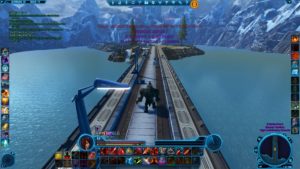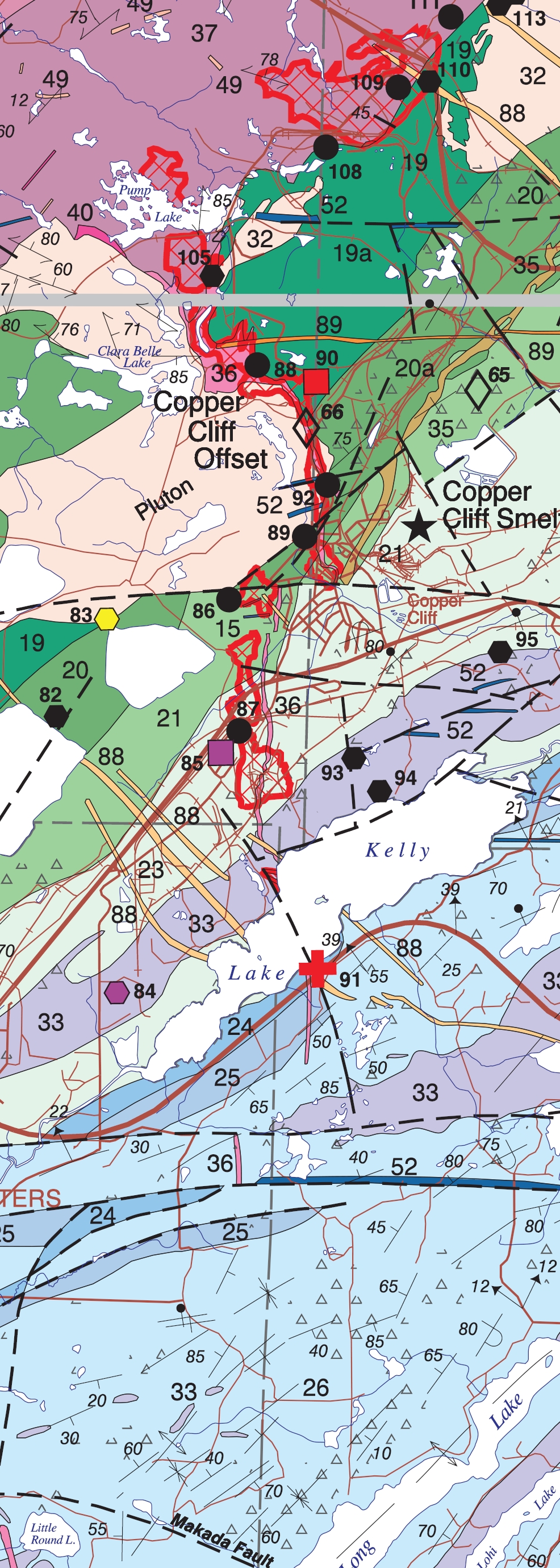
The atlas, in addition to maps, satellite images and diagrams, features a stunning portrait of a humpback mother and calf, the youngster seeming to caress its parent with an extended flipper.ĭr. How do you save a whale? You have to protect the ocean.” How do you save it? You protect the forest. “I started to realize the magnitude of the problem,” she said. She learned how industrial whaling had decimated whale populations and vowed to help protect the marine mammals and their home. Earle traveled the globe to study the behavior of humpback whales, going to Alaska, Hawaii, Australia, Bermuda, New Zealand and South Africa. Aldabra, one of the world’s most isolated ecosystems, is now considered a natural laboratory for coral study and is protected as a World Heritage Site.

The reef looks like a large mushroom, with only its stalk in the water. The atlas showcases a distinctive reef in Aldabra, one of the Indian isles Dr. “We went to places where nobody had dived before,” she said. On a 1964 voyage, she studied the western Indian Ocean. Remarkably, the satellite map shows chlorophyll hot spots in the icy waters around the north and south poles.īeyond Florida, much of her early research focused on coral reefs, which live in symbiosis with tiny algae. Her love of plant life is reflected in the atlas’s portrayals of algae as well as a beautiful map that reveals the ocean’s highly variable concentrations of chlorophyll - the green pigments that power most photosynthetic organisms. For college, she went to Florida and fell head over heels for ocean research, her mentor an algae specialist. Sylvia Alice Earle, 73, grew up on a small farm in southern New Jersey and spent summers at the shore. “She wants to make sure people understand the importance of the ocean for the future of humanity.” “I don’t know anyone who is as passionate and committed,” he said. Gagosian, president of the Consortium for Ocean Leadership, a private group in Washington that represents the nation’s top ocean institutions, called her a kind of global insurance policy. “She’s one of these rare combinations of energy, passion and eloquence.” McNutt, director of the Monterey Bay Aquarium Research Institute in California. “There’s no one else like Sylvia,” said Marcia K. Earle, a co-author of Ocean: An Illustrated Atlas, in a submersible in Drakes Bay in California. For instance, she describes how sunlight filters through seawater to surprising depths (its blue component penetrating to at least 250 meters, or 820 feet) but notes that scientists have yet to determine the maximum depth at which sea life can engage in photosynthesis. Her knowledge makes her well qualified to reflect on what is still unknown, as she does repeatedly in the atlas.
SCUM MAP FARM UPDATE
We’ll probably have to update the atlas in five years.” “But then you turn around and - there’s another breakthrough. “So many things have been discovered,” she mused. In the atlas, she reports that some 90 percent of deep-sea creatures use bioluminescence in their life strategies and that the eerie glows may turn out to constitute the planet’s most common form of communication.

Earle’s passion extends to the far horizon.

The new protected areas - including the ocean’s deepest spot, down nearly seven miles - are bigger than California.ĭr. She had a hand in President Bush’s designation last week of vast parts of the American-controlled Pacific Ocean as marine monuments. She has done pioneering research on algae, probed the ecology of coral reefs, set records for deep diving, tracked marine mammals and lobbied for the creation of marine sanctuaries.

Earle, an oceanographer and former chief scientist of the National Oceanic and Atmospheric Administration, has participated in more than a half-century of ocean exploration and protection. Its maps and graphs, prose and pictures detail how discoveries like the surprising ubiquity of Prochlorococcus are illuminating the sea, its immense impact on the planet and its habitability.ĭr. Earle is a co-author of “Ocean: An Illustrated Atlas,” published recently by National Geographic. And it is just one of thousands of types of marine algae and photosynthetic microbes - everything from invisible cells to plantlike growths to kelp forests.Ī student of the big and the small, Dr. The tiny organism is estimated to provide the oxygen in “one in every five breaths we take,” Dr. It daily releases countless tons of oxygen into the atmosphere. Earle notes that just one type - Prochlorococcus, so small that millions can fit in a drop of water - has achieved fame as perhaps the most abundant photosynthetic organism on the planet. Boaters ridiculed them as scum that turned patches of sea into pea soup. Earle began studying algae, the marine plants and related microbes were often considered weeds or worse.


 0 kommentar(er)
0 kommentar(er)
